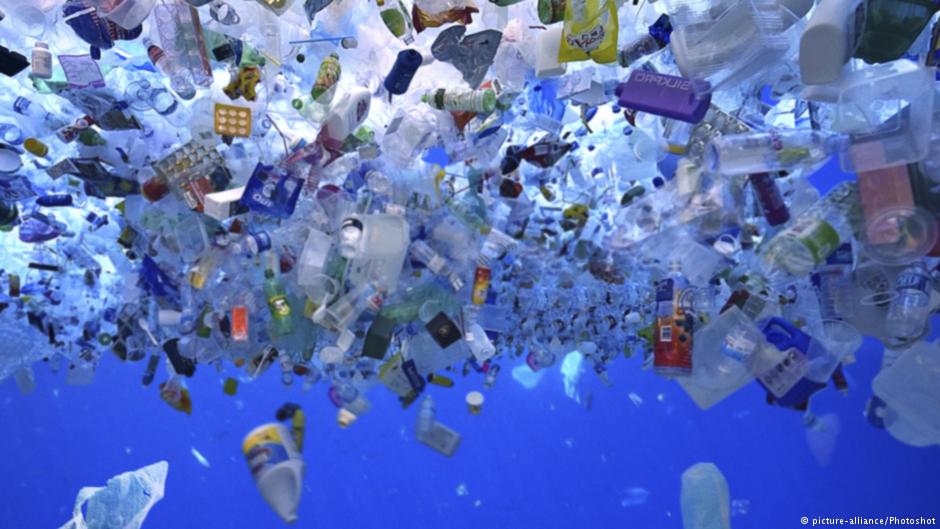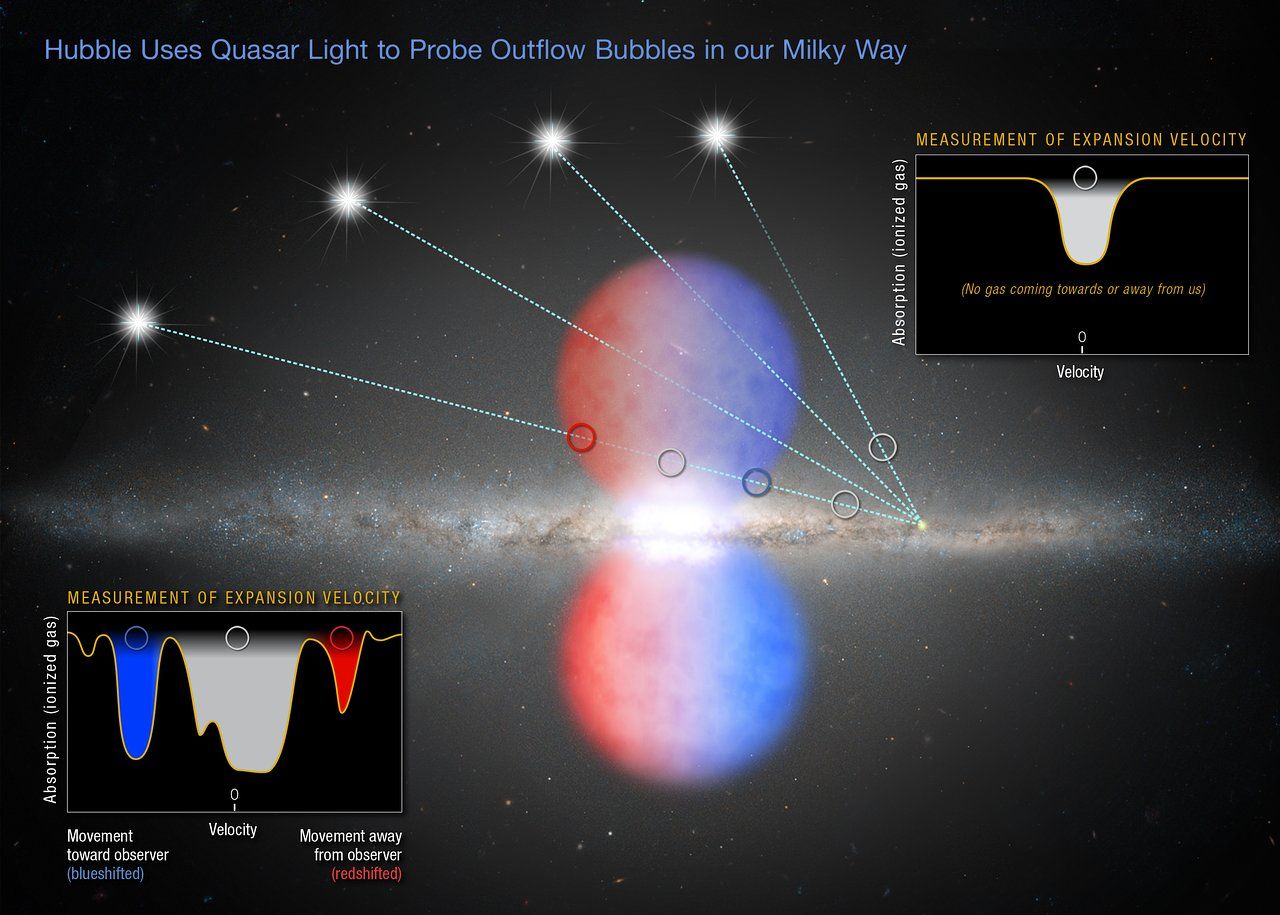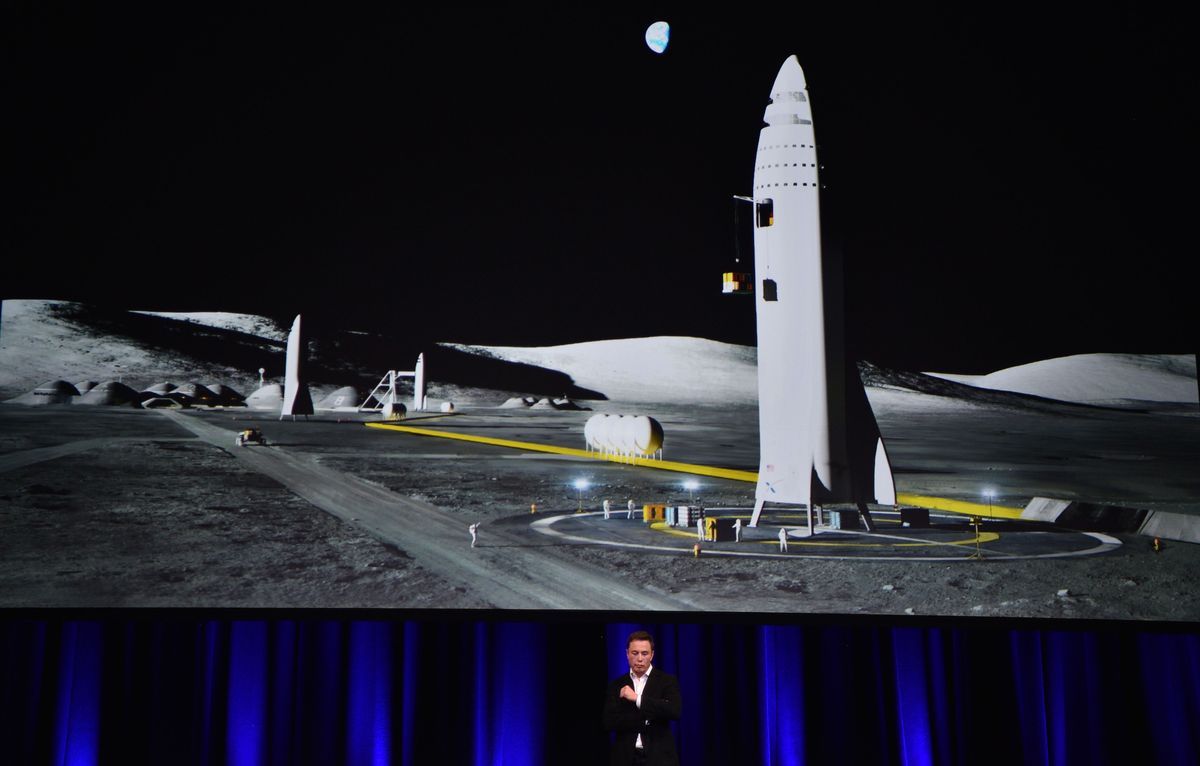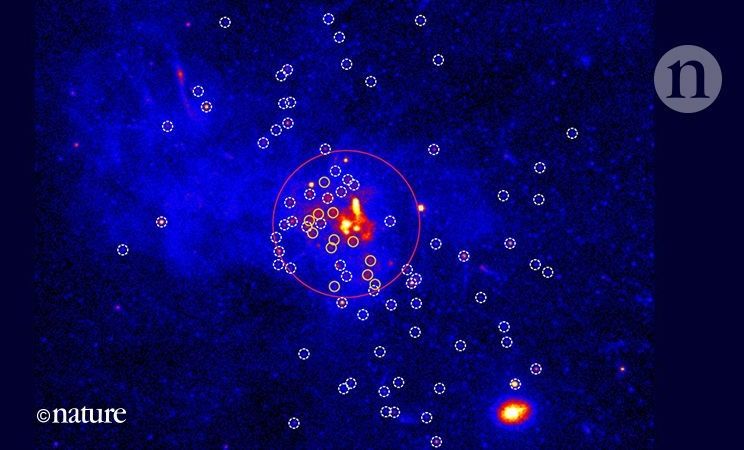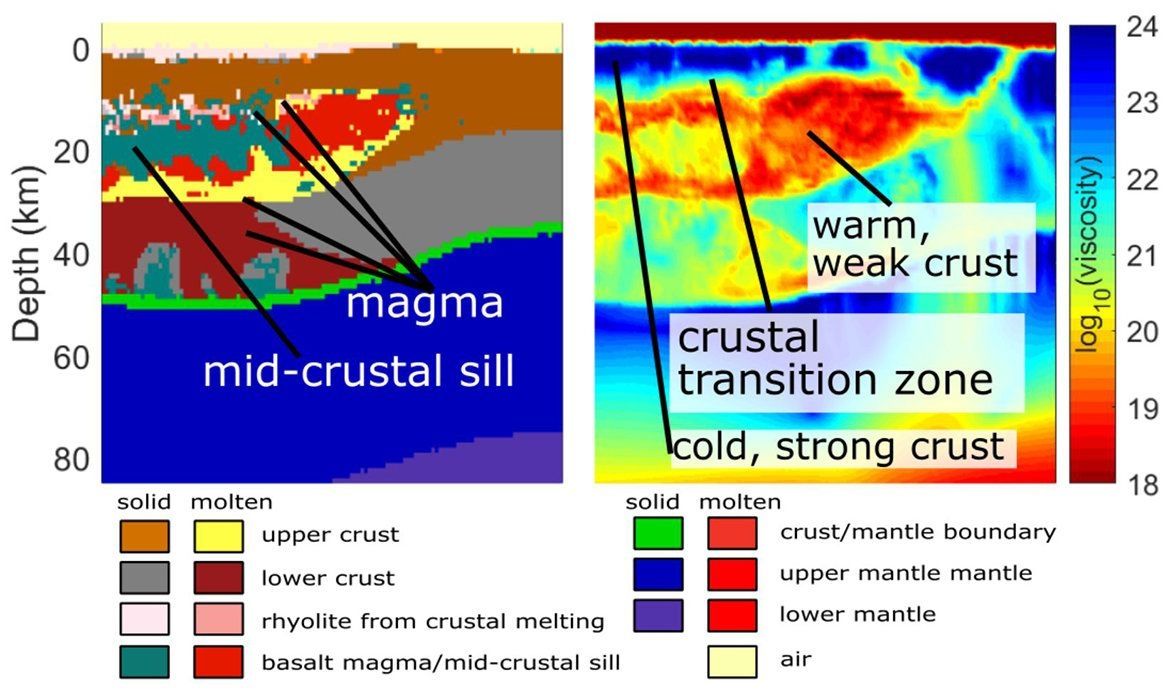Apr 16, 2018
Scientists engineer plastic-eating enzyme that could help fight pollution
Posted by Genevieve Klien in category: food
Researchers have improved a naturally-occurring enzyme to enhance its plastic-eating abilities. The modified enzyme, which can digest strong plastic used in bottles, could help in the fight against pollution.
Researchers in the US and Britain have engineered a plastic-eating enzyme to speed up its abilities to digest plastic.
Scientists from Britain’s University of Portsmouth and the US Department of Energy’s National Renewable Energy Laboratory “tweaked” the structure of the naturally-occurring enzyme after they found that it was helping a bacteria to break down, or digest, plastic used to make bottles.
Continue reading “Scientists engineer plastic-eating enzyme that could help fight pollution” »
